In the ever-expanding digital landscape, where information is the new currency, businesses and individuals alike must secure their virtual fortresses against a relentless tide of cyber threats. Cybersecurity has become a cornerstone of the digital age, and understanding network threats is paramount to defending your data, assets, and privacy. In this comprehensive guide, we delve deep into the world of cybersecurity and explore the top network threats you should be aware of.
Chapter 1: The Cybersecurity Landscape
In the digital age, cybersecurity is not a luxury; it’s a necessity. Cyber threats are ever-evolving, and cybercriminals are becoming increasingly sophisticated in their methods. Here are some key aspects of the cybersecurity landscape:
- Cyber Attack Vectors: Cybercriminals employ various attack vectors, including malware, phishing, ransomware, and social engineering, to breach networks and systems.
- The Cost of Cybercrime: The financial and reputational damage caused by cyberattacks is substantial. Investing in cybersecurity is a proactive measure to mitigate these risks.
- Compliance and Regulations: Governments and industries are implementing strict regulations to ensure data protection and privacy. Non-compliance can result in severe penalties.
Chapter 2: Common Network Threats
Understanding the common network threats is the first step towards effective cybersecurity. Let’s explore some of the prevalent threats:
- Malware: Malicious software like viruses, worms, Trojans, and spyware can infiltrate your network, compromise data, and damage systems.
- Phishing: Phishing attacks trick users into revealing sensitive information, such as login credentials or credit card details, through deceptive emails or websites.
- Ransomware: Ransomware encrypts your data, holding it hostage until a ransom is paid. It has wreaked havoc on businesses and individuals.
- DDoS Attacks: Distributed Denial of Service (DDoS) attacks overwhelm a network or website with traffic, causing it to become inaccessible.
- Insider Threats: Employees or insiders with access to your network may intentionally or accidentally compromise security.
Chapter 3: Strategies for Network Threat Mitigation
To defend against network threats effectively, you need a multi-faceted cybersecurity strategy:
- Firewalls and Intrusion Detection Systems (IDS): Implementing robust firewalls and IDS can prevent unauthorized access and detect suspicious activities.
- Regular Software Updates and Patch Management: Keeping your software and systems up to date is critical to address vulnerabilities.
- Employee Training: Educate your employees about cybersecurity best practices to reduce the risk of falling victim to phishing and social engineering.
- Data Encryption: Encrypt sensitive data, both in transit and at rest, to protect it from interception or theft.
- Incident Response Plan: Develop a comprehensive incident response plan to minimize damage in case of a security breach.
Chapter 4: Emerging Threats
As technology advances, so do cyber threats. Stay ahead of the curve by understanding emerging threats:
- IoT Vulnerabilities: The proliferation of Internet of Things (IoT) devices presents new entry points for cybercriminals.
- AI-Enhanced Attacks: Cyber attackers are using artificial intelligence and machine learning to automate and personalize their attacks.
- Quantum Computing: The advent of quantum computing could potentially break existing encryption methods, necessitating the development of quantum-resistant cryptography.
Chapter 5: The Future of Cybersecurity
The future of cybersecurity holds both challenges and opportunities. Here are some trends to watch:
- Zero Trust Architecture: Moving away from the traditional perimeter-based security model, Zero Trust assumes that threats may exist both outside and inside the network.
- AI-Driven Security: Artificial intelligence will play a pivotal role in identifying and mitigating threats in real-time.
- Blockchain Security: Blockchain technology has the potential to enhance security by providing tamper-proof ledgers and authentication.
In conclusion, cybersecurity and network threats are integral parts of the digital age. It’s essential to invest in robust security measures, stay informed about emerging threats, and adapt to evolving technologies to protect your digital assets effectively. By following the strategies outlined in this guide, you can build a strong defense against the ever-present cyber threats in today’s interconnected world. Remember, the best defense is a proactive one, so start securing your digital fortress today.









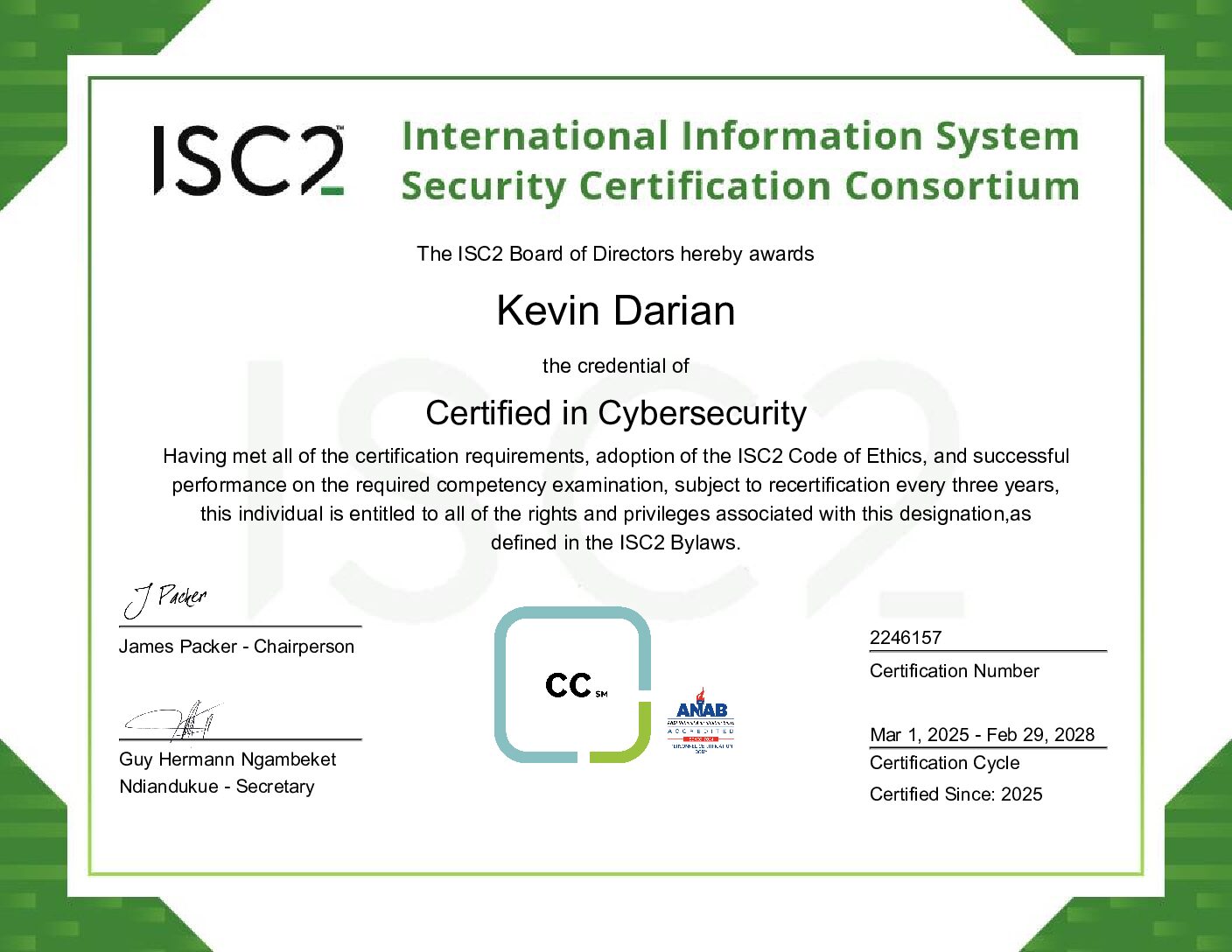
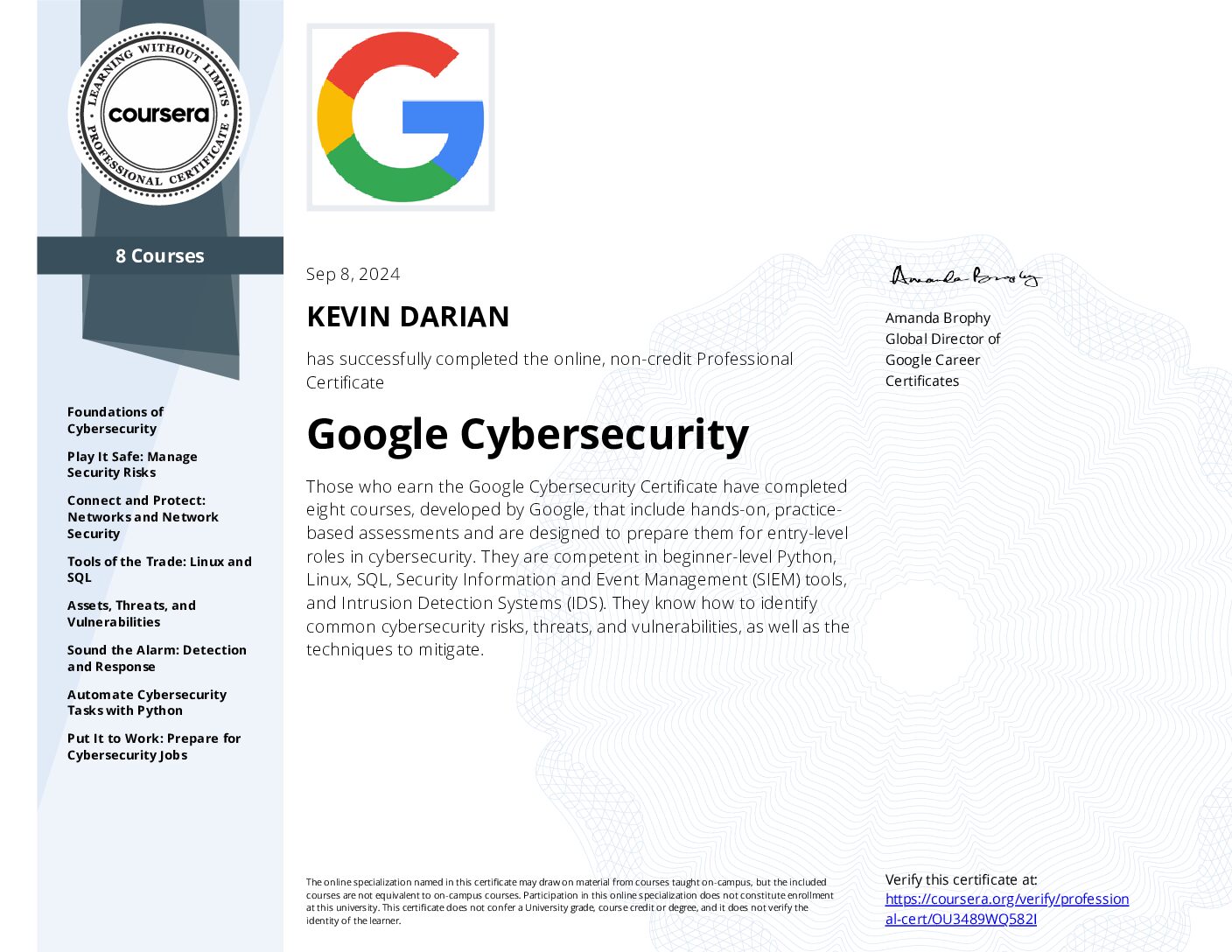


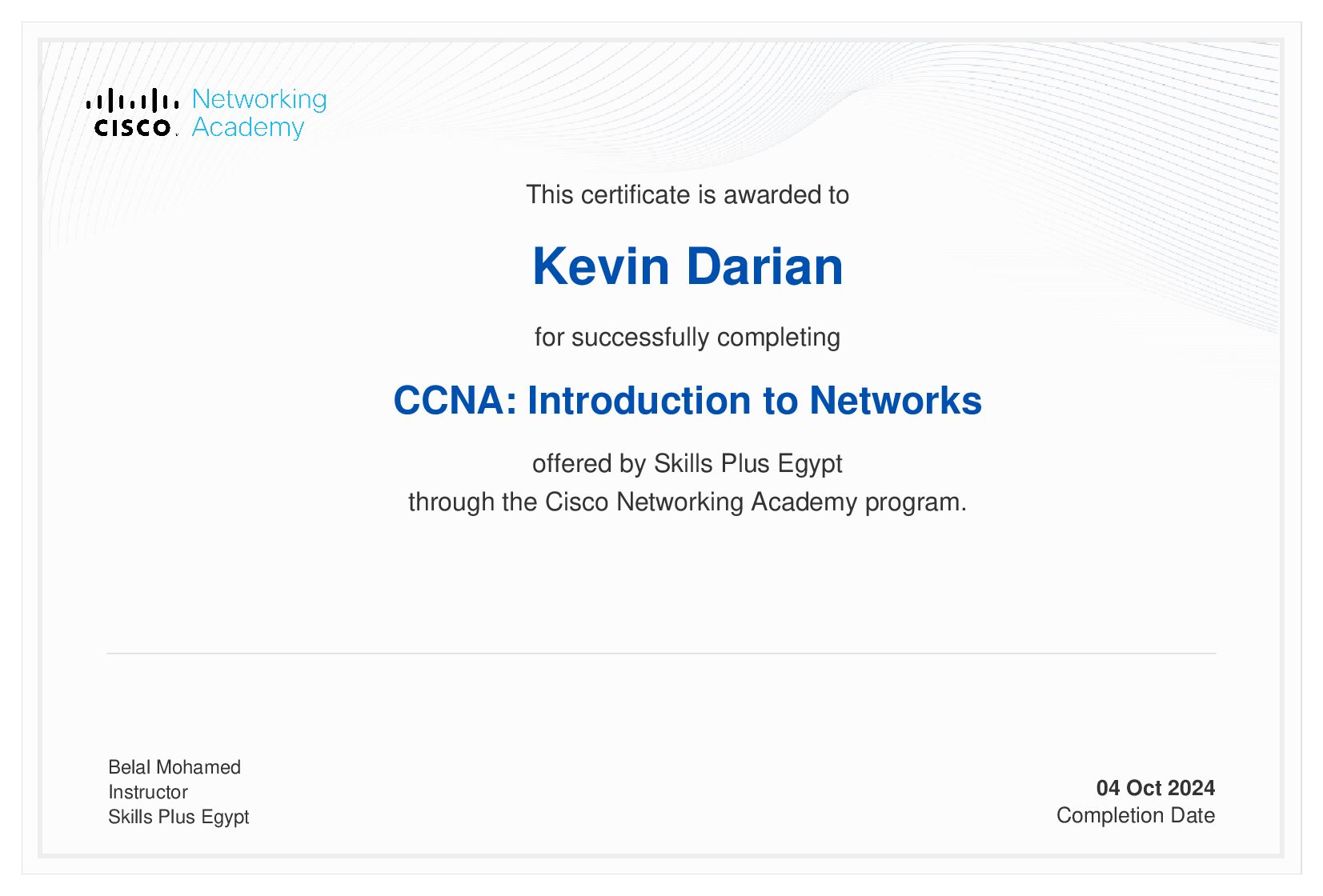
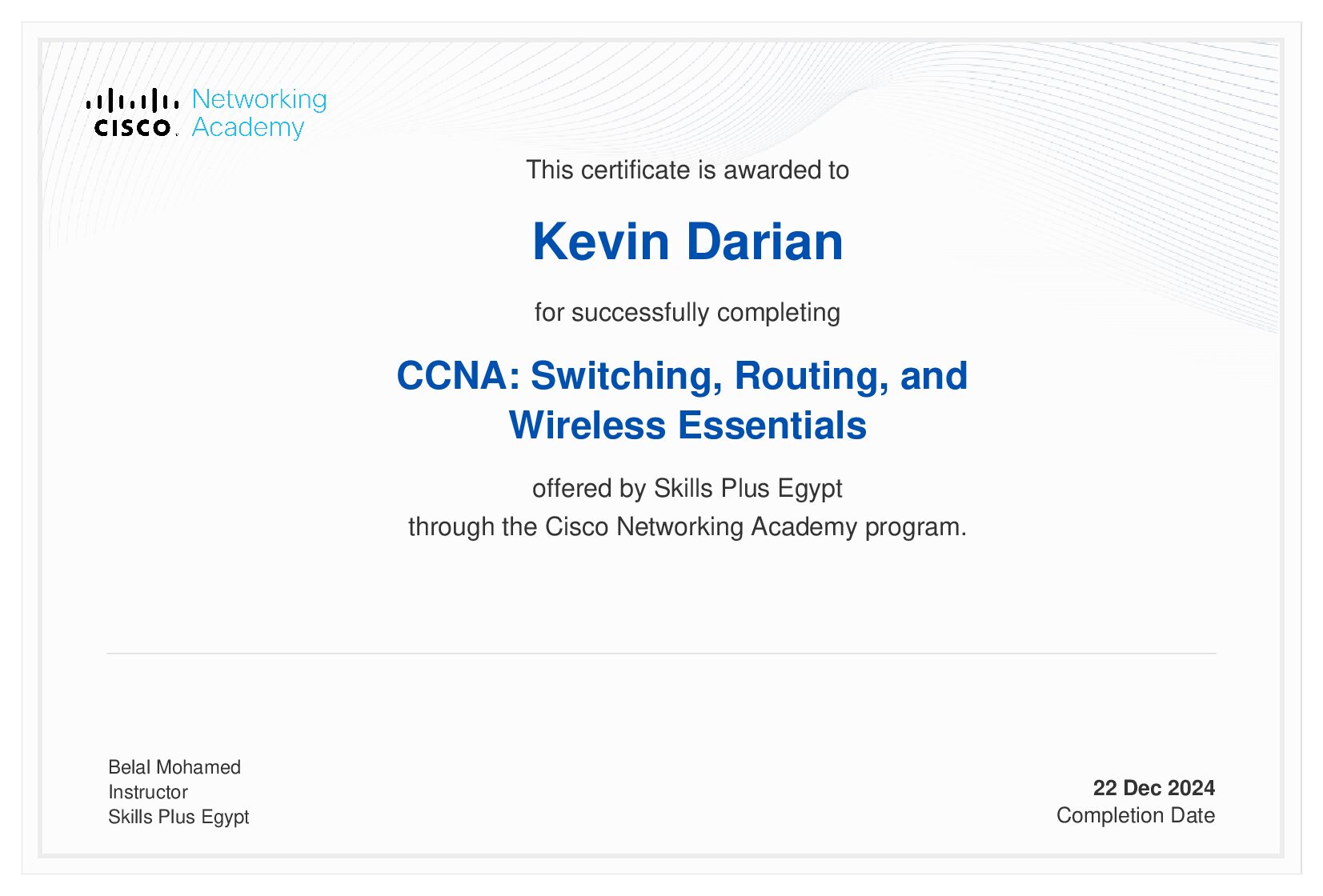
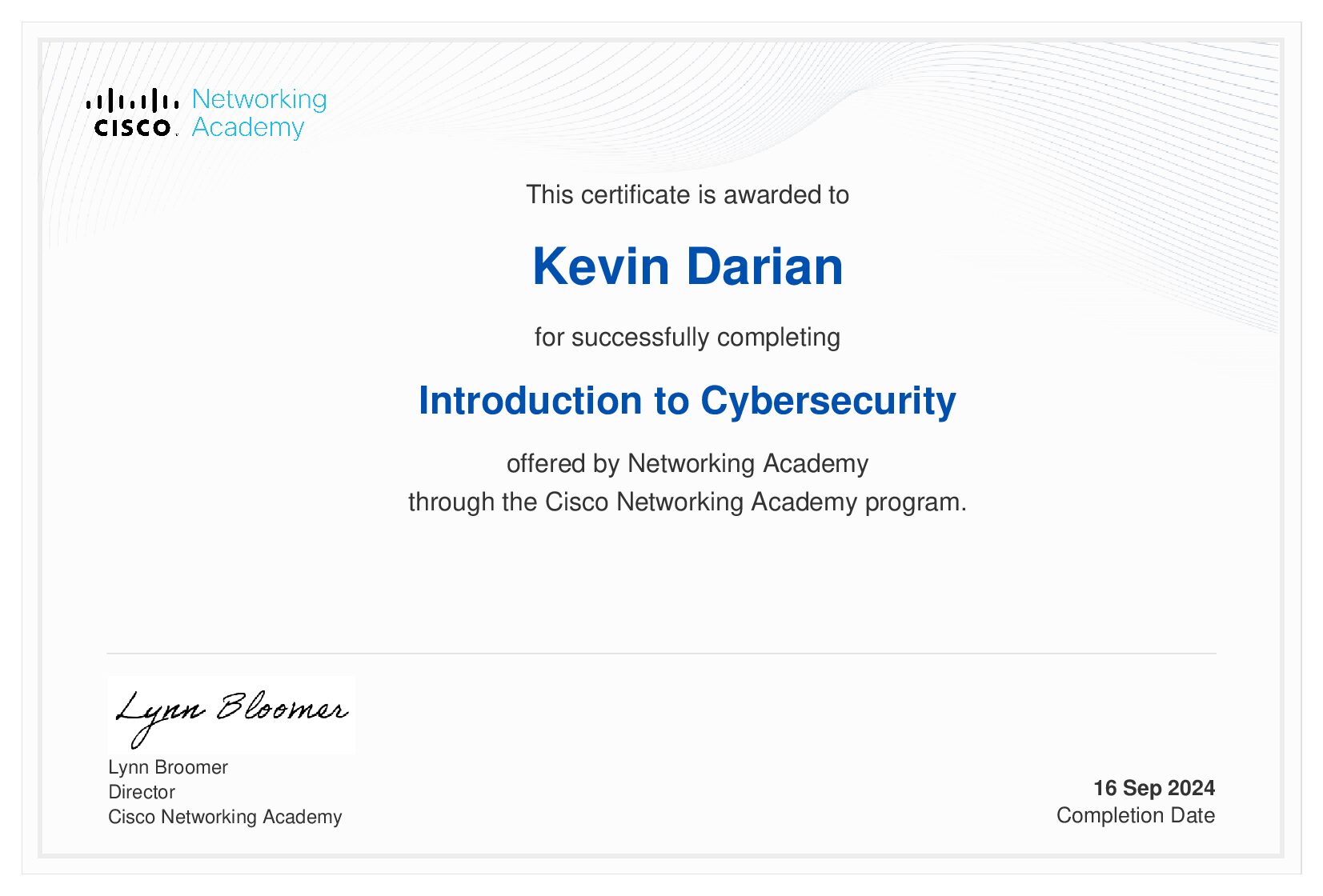
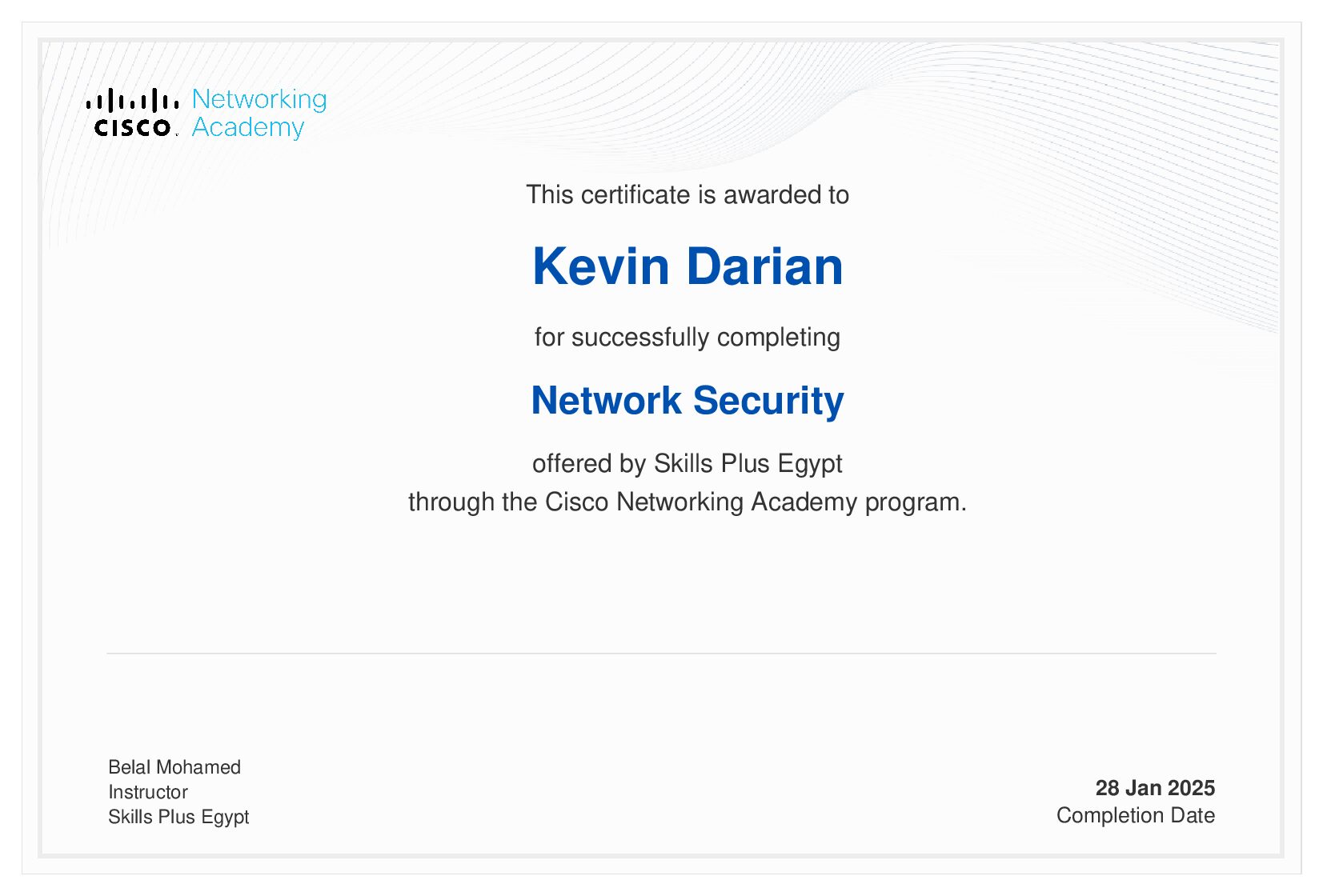






0 Comments